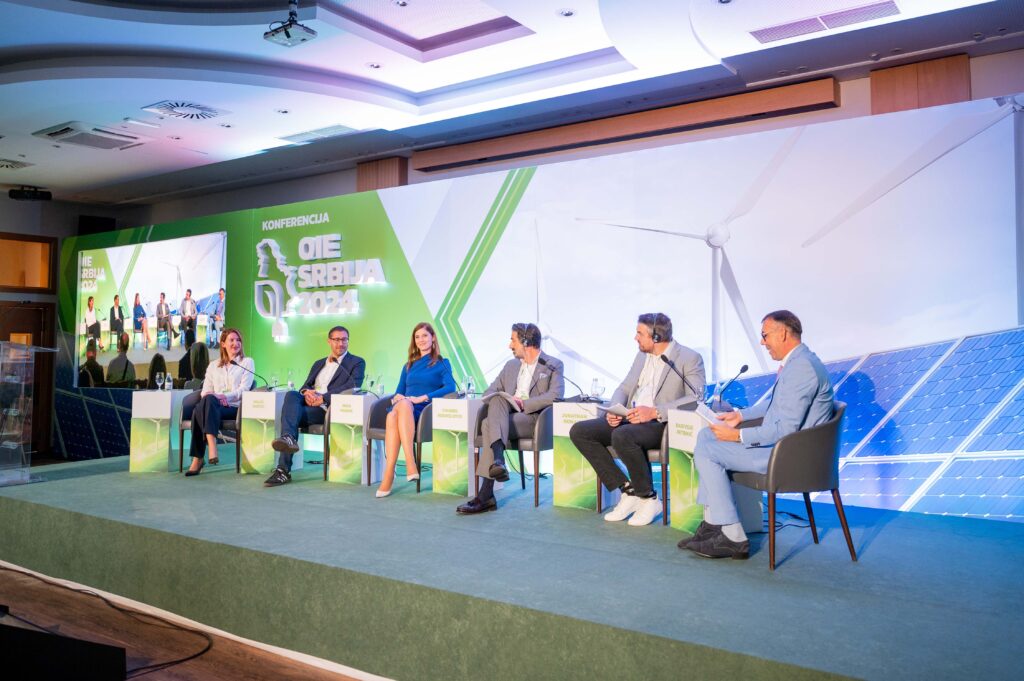A total of 130 MW of solar power is connected to Serbia’s distribution system. Another 150 MW is in preparation, ready for connection, so in the spring next year we will have about 300 MW of solar power plants connected to the distribution system – was the conclusion of the panel ‘Challenges and perspectives for the development and construction of solar power plants’ held at the RES SERBIA 2024 conference in Vrdnik.
The panel were Jonathan Bonadio, Senior Policy Advisor at SolarPower Europe, Nina Hojnik, Director of the Slovenian Photovoltaic Association, Miloš Kostić, CEO of MT KOMEX, Yiannis Roumeliotis, Key Account Manager for Southeast Europe at Sungrow and Dunja Grujić, Head of the Sector for the Market Support of Elektrodistribucija Srbije, while the moderator was Dr. Radivoje Petrikić, Partner at CMS Belgrade.
Connection requests come in every day
Dunja Grujić, Head of the Sector for the Market Support at Elektrodistribucija Srbije has revealed that 171 solar power plants with an installed capacity of 60 MW are currently connected to the distribution system of Serbia. If you add 70 MW of 3,600 prosumers, a total of 130 MW of solar is connected to the distribution system. As he says, requests are coming in every day, and the Elektrodistribucija Srbije is working on speeding up the connection process.
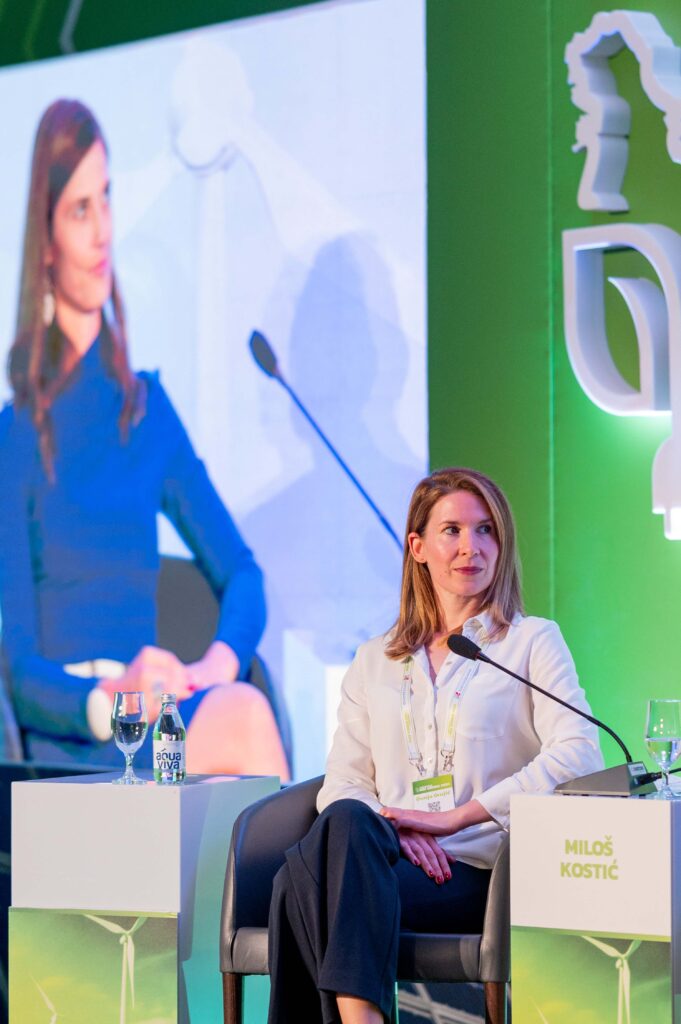
Dunja Grujić, Head of the Sector for the Market Support at Elektrodistribucija Srbije
According to the data of Elektrodistribucija Srbije, almost the entire capacity, 50 MW of solar power plants and 70 MW of prosumers has been connected in the last two years.
Still, there is a way for further growth, Grujić believes.
– Among residential communities, we have only three prosumers, with an installed capacity of 70 KW, and there are over 50,000 housing communities in Serbia, this is a great potential that is not used. The amendments to the Law on Energy envisage energy communities of citizens that provide an opportunity for citizens to join together and build a solar power plant together – said Grujić and added that the amendments to the law define and that in the next 2-2.5 years the calculation through net measurements for prosumers will be completed.
A lot of people are interested in other auctions
The good news is that another 150 MW is being prepared, ready to be connected, so in the spring next year we will have 300 MW of solar power plants connected to the distribution system, announced the CEO of MT KOMEX, Miloš Kostić, explaining that 15 years ago no one believed in such a development.
Kostic recalled that in 2009, everyone was dissatisfied because solar capacity was limited to only 5 MW, while other types of renewable energy, such as hydro and biogas, had priority.

Miloš Kostić, CEO of MT KOMEX
– Experience has shown that this was not the right moment for the solar sector in Serbia, but by 2013, 138 small hydropower plants and 30 MW of biogas power plants were built. It is good that it was done that way, we learned from other people’s mistakes – Kostić pointed out.
As he says, the new legal framework has enabled the acceleration of the solar sector, and everyone is now waiting for other auctions.
– We expect a serious race at other auctions, there are many interested parties – said Kostić, who also referred to the development of the Charge&Go platform, which currently has 65 chargers for electric vehicles distributed at 55 locations in Serbia with a total connected capacity of 8 MW.
Europe needs 750 GW of solar capacity by 2030
In Europe, the solar sector continues to flourish, notes Jonathan Bonadio, Senior Policy Advisor at SolarPower Europe. According to him, 60 GW of capacity was installed last year, which is 50% more than in 2022.
– Europe has over 250 GW of solar capacity, which is equivalent to one solar panel per European citizen and enough to power 80 million homes. But, by 2030, we need 750 GW – he pointed out.
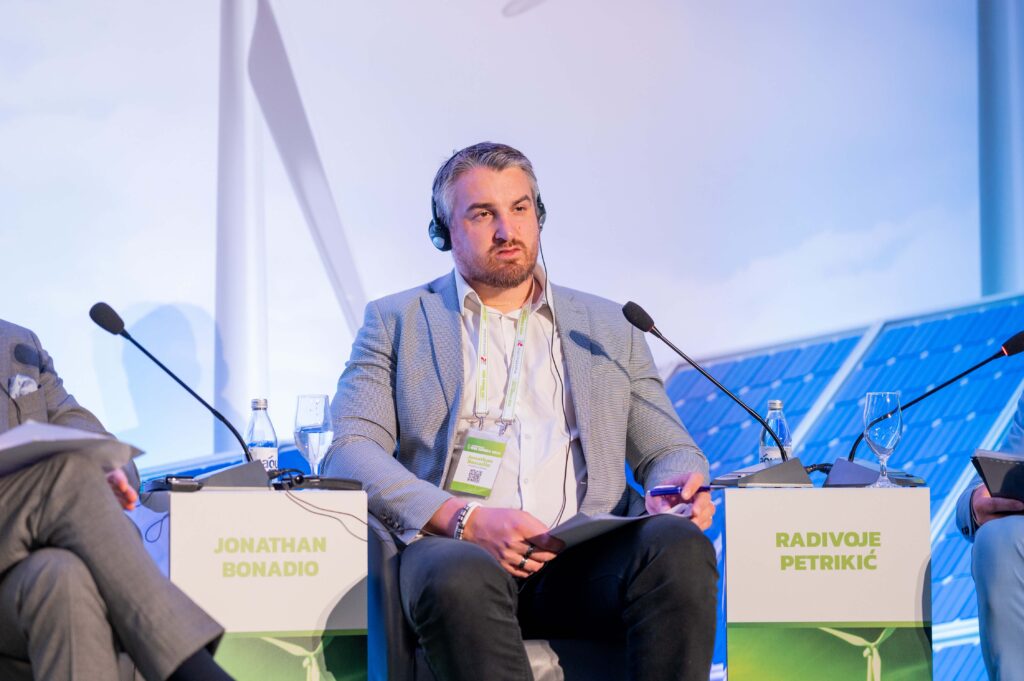
Jonathan Bonadio, Senior Policy Advisor at SolarPower Europe
According to him, the main markets are Germany, which had a growth of 50%, while the Netherlands has the most solar panels per capita, while Italy, Spain and France are also doing well.
– The paradox is that Germany and the Netherlands are some of the least sunny countries in the EU, and they have the most solar capacity per citizen. Eastern Europe is sunnier because it does not keep up with the number of installed capacities. The goals of these countries for 2030 are two times lower than the real potential – warns Bonadio.
He notes that most of the measures for the further development of solar energy have been adopted, as well as that national energy and climate plans are essential. Among the challenges, he singles out the slow permitting process, and notes that it is necessary to electrify the energy system and increase the share of electricity in final consumption from 23% to 50% by 2040.
– The number of installed capacities can be increased by regulations, such as the obligation to build solar panels on the roofs of public buildings by 2030, which is at the same time an opportunity for manufacturers, as well as the opportunity to support European panels with public demand – said Bonadio.
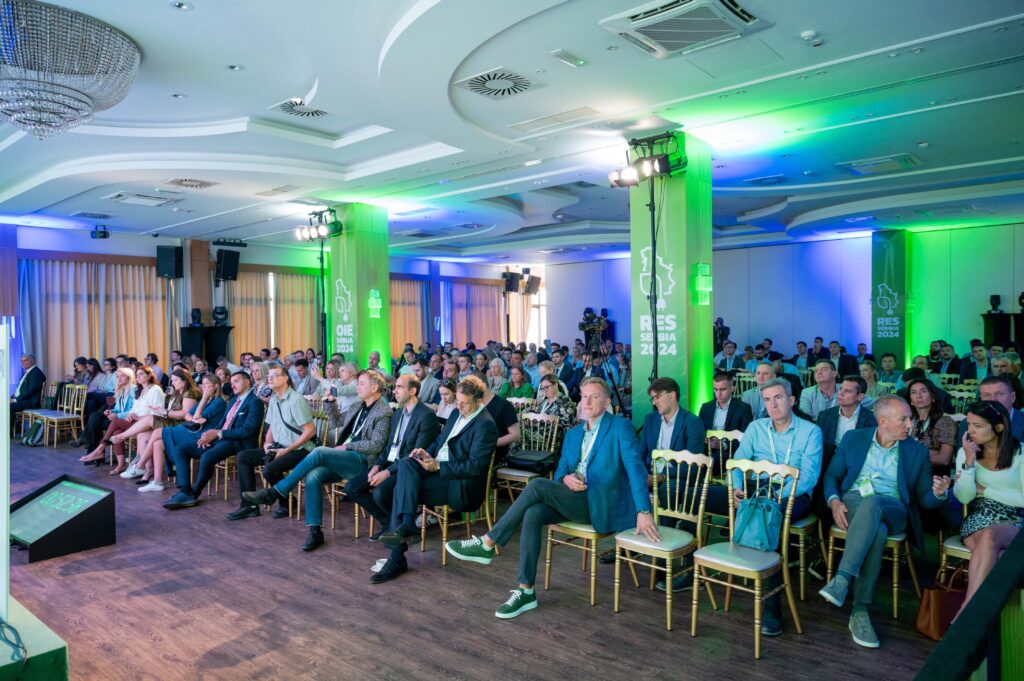
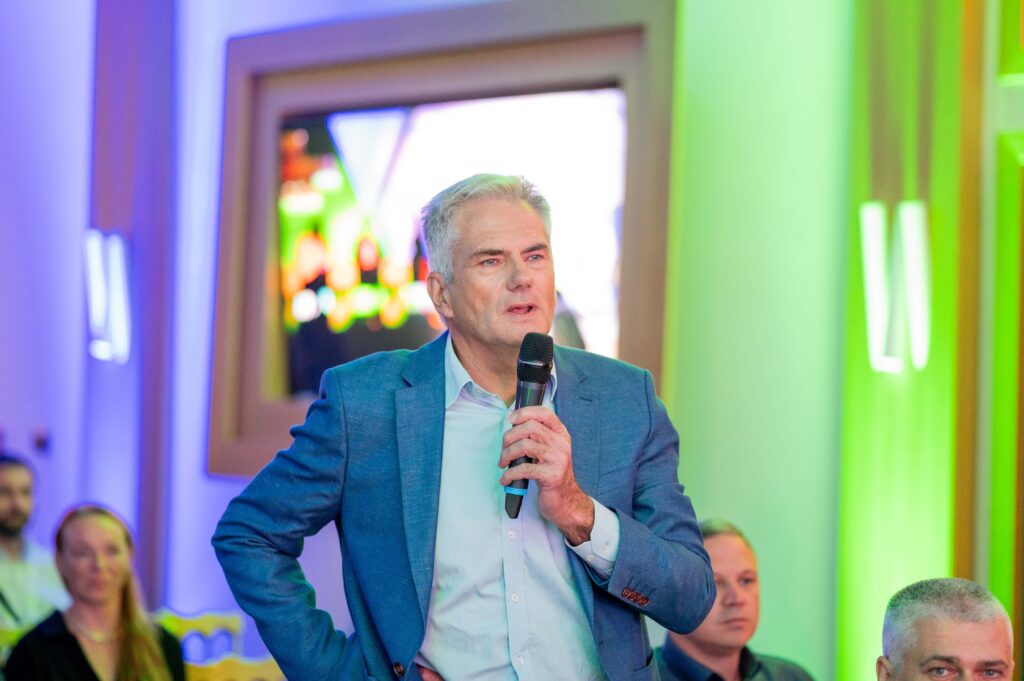
Slovenia installed 400 MW of solar power plants last year
Nina Hojnik, director of the Slovenian Photovoltaic Association, explained that subsidies and state support are very important for the development of solar energy.
– In Slovenia, we have only three small wind farms, so solar is the main one in renewable sources. We do not have large commercial projects yet because 40% of Slovenia is in the Natura protection system, so this prevents us, but we are looking to implement solar on existing buildings, parking lots, facilities – she pointed out.
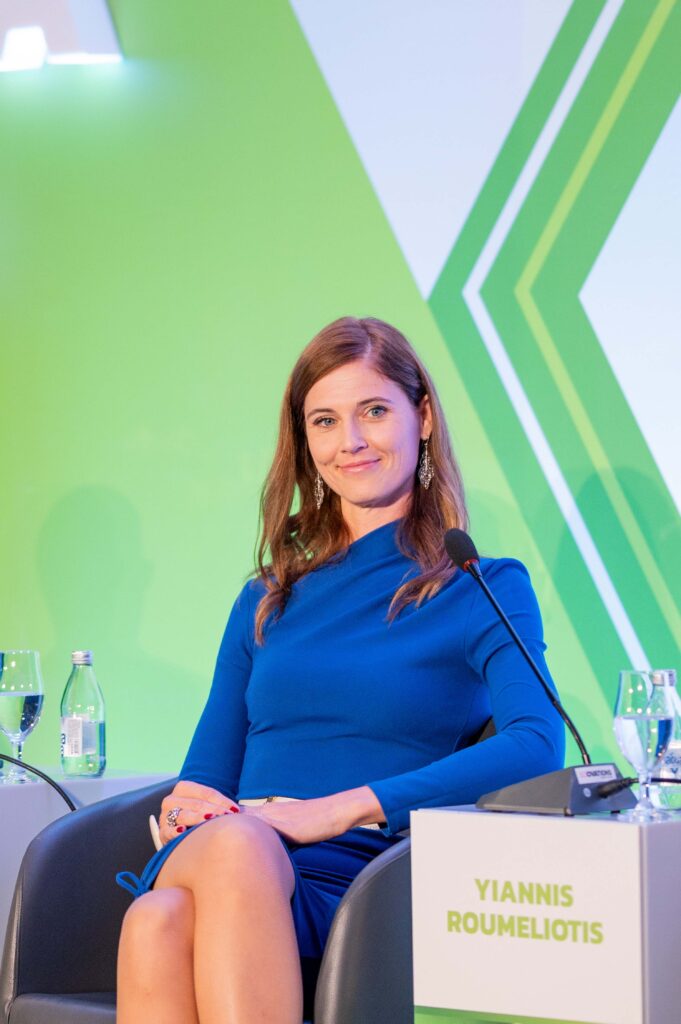
Nina Hojnik, director of the Slovenian Photovoltaic Association
The development of the sector began, as she explained, in 2011 when solar capacity was doubled thanks to subsidies from the Government. But with the abolition of subsidies, for the next six years, everything stopped, and almost no one invested, she noted. According to her, the sector was relaunched in 2016 with the change of government and the introduction of a net metering system.
– Until 2019, we had a slight growth, so subsidies were reintroduced and the sector experienced a large growth of 40%. Last year, we installed 400 MW of solar capacity. This year, the net metering system is coming to an end, which enabled a return on investment for small power plants of less than eight years – said Hojnik.
Serious investments in batteries
Sungrow’s Key Account Manager for Southeast Europe, Yiannis Roumeliotis, explained the difference between large solar power plants that are directly connected to the grid and built mainly by companies in more isolated areas, and those that are mostly on rooftops, have a smaller capacity, from a few KW to several MW, and are easier to integrate into existing infrastructure.
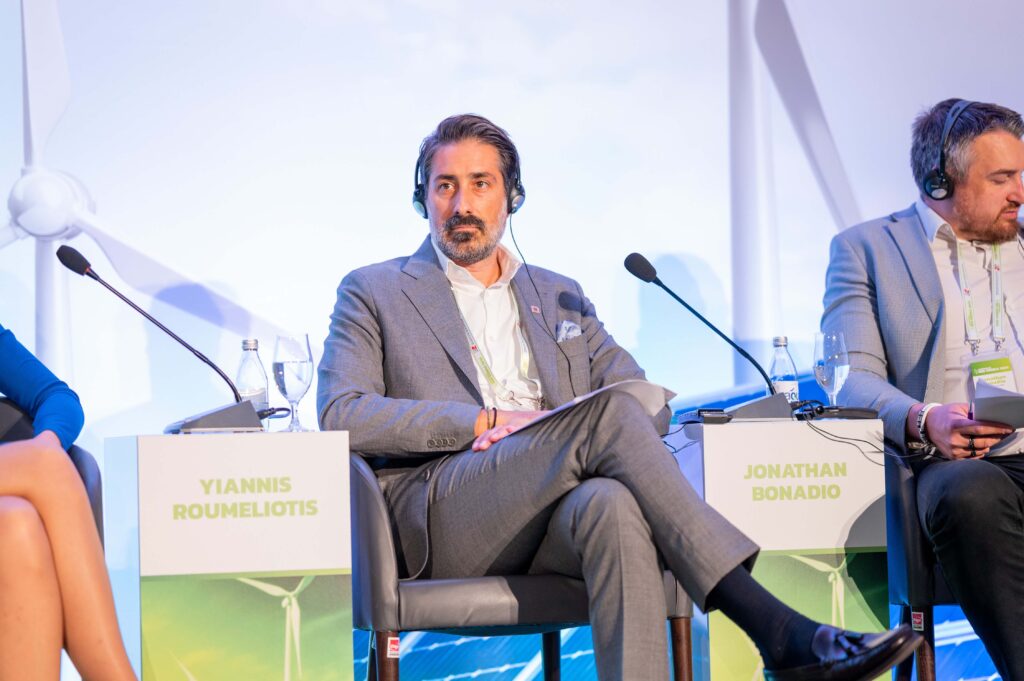
Sungrow’s Key Account Manager for Southeast Europe, Yiannis Roumeliotis
– Closer cooperation of all stakeholders is needed to ensure a smooth energy transition in Europe – he said, adding that they are aware of the accelerated demand for energy storage – European countries are starting to seriously invest in batteries, in which Spain is the leader, followed by Poland, then Germany.


